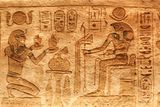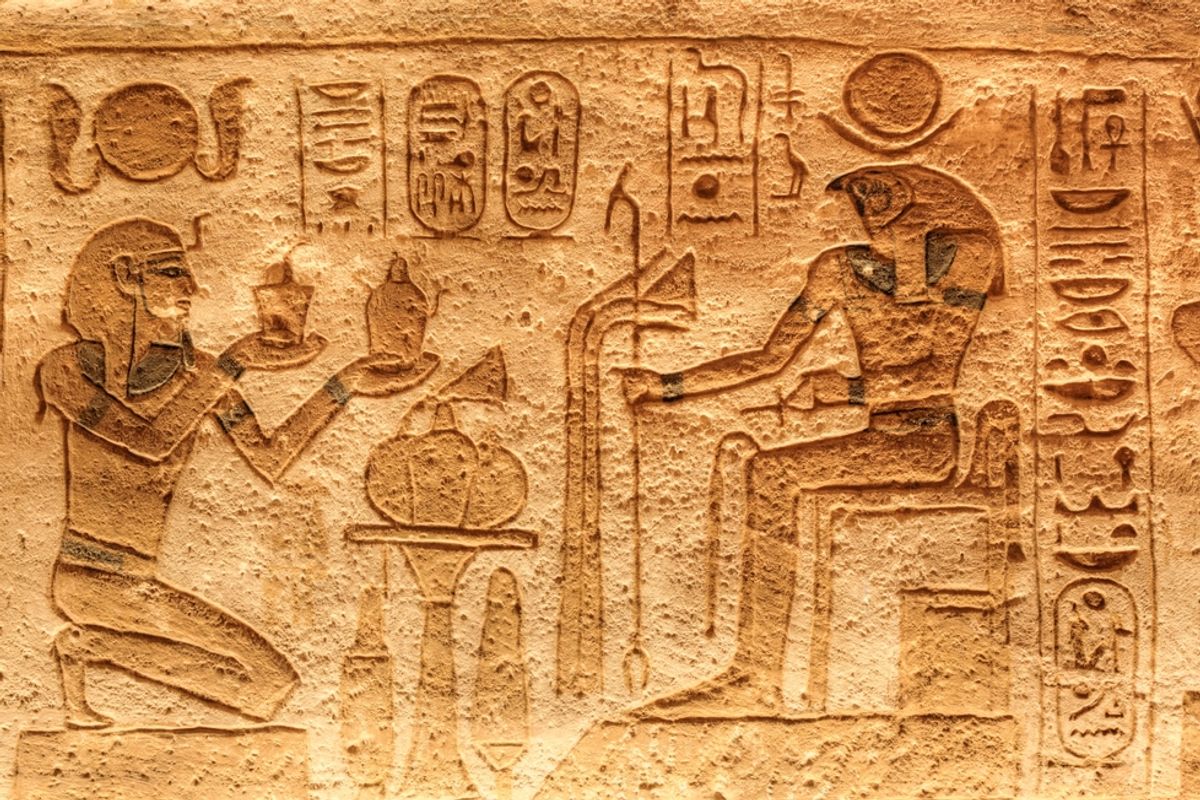
What were the alabaster vessels of Egypt really used for? Its stones and inscriptions were easy to study, but their content remained hidden. A unique ship now offers the first look inside.
A new study reveals that an alabaster vase inscribed with Xerxes once contained opium. The research, published in the Journal of Eastern Mediterranean Archeologymarks the first time the contents of an inscribed Egyptian alabaster have been identified. The finding shows that opioids circulated widely in Egyptian society, appearing in both elite and everyday contexts.
“Our findings, combined with previous research, indicate that opium use was more than accidental or sporadic in the cultures of ancient Egypt and surrounding lands and was, to some extent, a fixture of daily life,” said Andrew J. Koh, lead author of the study, in a statement. Press release. “We believe it is possible, if not probable, that the alabaster jars found in King Tut’s tomb contained opium as part of an ancient tradition of opiate use that we are only now beginning to understand.”
A multilingual ship from the empire of Xerxes
The star of the study is an alabaster vessel 22 centimeters high. Written in Akkadian, Elamite, Old Persian and Egyptian, it dedicates the vessel to Xerxes I, whose Achaemenid Empire spanned Egypt, Mesopotamia, the Levant, Anatolia and parts of Arabia and central Asia. A demotic note records that it once contained around 1,200 milliliters of liquid.
Intact alabaster vessels of this type with inscriptions are rare; probably fewer than 10 survive worldwide. They date from the reigns of Darius, Xerxes and Artaxerxes (approximately between 550 BC and 425 BC) and are possibly linked to elite contexts, from Persepolis and Susa to the mausoleum at Halicarnassus. Most lack clear locations for their discovery, but their distribution suggests that they circulated as prestige objects throughout the Achaemenid world.
The vase entered the Yale Peabody Museum’s Babylonian Collection shortly after its founding in 1911, becoming one of the first artifacts in its set of 40,000 pieces.
Read more: Roman-era warriors may have consumed narcotics before battle
Finding ancient opium
To recover the vase’s contents, the researchers used organic residue analysis, a technique refined by the Yale Ancient Pharmacology Program. Because the vase is intact and made of calcite, they used a non-destructive “hissing” method, rinsing its interior with heated ethanol to extract compounds absorbed into the stone. A second solvent sequence in the lab captured any remaining traces.
The extracts were analyzed by gas chromatography-mass spectrometry, which detects weak chemical residues. The strongest signals appeared in the first few washes (a pattern the team links to calcite’s ability to trap and preserve oily compounds), while later washes were nearly clean. The researchers identified morphine, thebaine, papaverine, noscapine, and hydrocotarnine, a set of diagnostic opium alkaloids.
Rewriting King Tut’s Alabaster Legacy
The opium profile of the Xerxes vessel reflects chemical signatures previously found on New Kingdom jars from a common tomb at Sedment, evidence that spans nearly a thousand years and multiple social classes.
This long-standing pattern raises new questions about the numerous alabaster vessels recovered from Tutankhamun’s tomb, some of which contained dark, sticky residue that chemist Alfred Lucas could not identify and which ancient looters had carefully scraped from the jars.
“We have now found chemical signatures of opiates that Egyptian alabaster vessels adhered to elite societies in Mesopotamia and embedded in more ordinary cultural circumstances within ancient Egypt,” Koh said. “It is possible that these vessels were easily recognizable cultural markers for opium use in ancient times, just as water pipes are today attached to the consumption of shisha tobacco. Analysis of the contents of the jars from King Tut’s tomb would further clarify the role of opium in these ancient societies.”
Read more: Discovery of King Thutmose II’s tomb may be the most significant find since King Thutmose
Article sources
Our writers at Discovermagazine.com use peer-reviewed studies and high-quality sources for our articles, and our editors review them for scientific accuracy and editorial standards. Please review the sources used below for this article:
#Rare #alabaster #vase #reveals #clear #evidence #opium #ancient #Egypt










